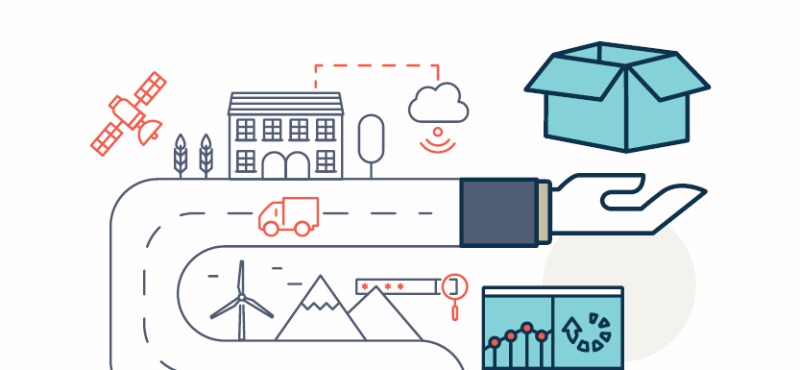But what does this mean for the average person or business? Are IoT technologies merely the nice-to-have “apps” of the physical world? Can’t your business leave them to the smart-watch crowd?
In short: No. If you are an executive decision maker, you might be wary of hype around IoT, but predictions state that by 2020, we’ll have between 20 and 50 billion IoT devices in operation worldwide, accounting for a market worth nearly $2 trillion. Even if your business doesn’t seem ready made for the Internet of Things, IoT will integrate with your work in some way, just as the Internet became indispensable for even the smallest startup. So it’s very likely a matter of when—not if—you will need consider a management strategy for IoT devices.
When you do embrace IoT, however, there are new risks that need to be managed, given the role of these myriad devices. Imagine a customer’s front door being remotely unlocked by thieves or, less dramatically, consider the disruption caused by faulty inventory tracking. Just as outdated software versioning and insecure networks can create data vulnerability on our laptops, broken communication or missed update cycles can deactivate IoT devices—or worse, make them vulnerable to misuse. Immature, or, more troubling, absent IoT management can miss problems we may not have yet even considered.
Even more than traditional IT infrastructure, the IoT universe requires technology that’s up to managing the interdependence among this massive ecosystem of intelligent devices. Three key capabilities will provide the foundation for a robust system:
Autonomics
It’s simply impossible to manage billions of hyperactive, hyper-connected devices manually. Intelligent technology able to absorb the required scale, complexity, and machine speeds required will be essential. With the relationships between devices constantly changing, autonomic technology that can recognize a problem, learn from experience, and act to resolve it is becoming a base requirement.
Cloud Technology
In concert with autonomics, an intelligent server in the cloud will receive inputs from various smart devices, analyze the data to see what action to take, and then instruct the smart devices to act accordingly. The inherently elastic nature of modern cloud architectures is likewise a necessity to meet the scaling demands of a continuously expanding ecosystem of connected devices.
Big Data Analytics
To make sense of all this complexity, the smart, cloud-based, autonomically orchestrated IoT ecosystem must be driven by deep analytics powered by cognitive machine intelligence.
Most of all, we will need transparency that unifies a view of how data is flowing through this vastly increased number of devices. Point solutions that manage one set of IoT devices for a single purpose will be unaware of faults in other related networks of devices. CIOs and CTOs have a challenging task ahead in managing their extended IoT infrastructure, and they’re under pressure now to create blueprints that will stand up to the test.



























